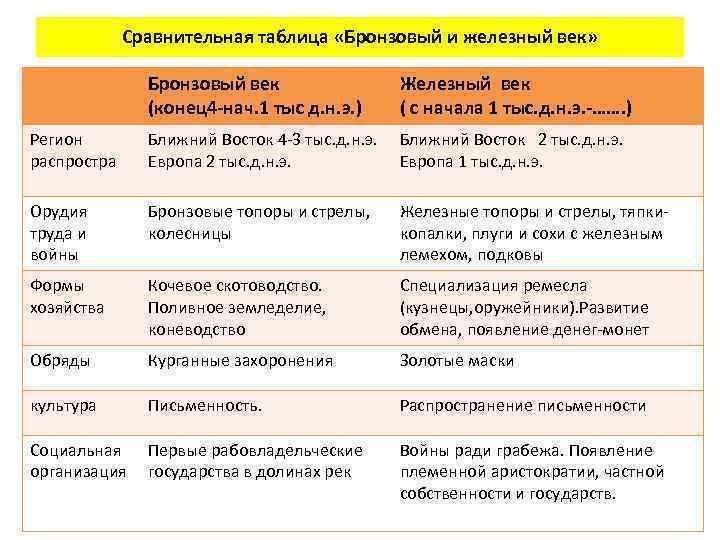Сходства и различия получения железа и бронзы
Ответы
Ответ:
Уже в глубокой древности человеку были известны семь металлов: золото, серебро, медь, олово, свинец, железо и ртуть. Эти металлы можно назвать «доисторическими», так как они применялись человеком еще до изобретения письменности.
Очевидно, что из семи металлов человек вначале познакомился с теми, которые в природе встречаются в самородном виде. Это золото, серебро и медь. Остальные четыре металла вошли в жизнь человека после того, как он научился добывать их из руд с помощью огня.
Часы истории человечества стали отсчитывать время быстрее, когда в его жизнь вошли металлы и, что важнее всего, их сплавы. Век каменный сменился веком медным, потом — бронзовым, а затем веком железным:
Железный век — период в истории первобытного общества, характеризующийся распространением металлургии железа и изготовлением железных орудий. Строго говоря, уже выходит за рамки истории собственно первобытного общества.
Бро́нзовый век — эпоха человеческой истории, характеризующаяся ведущей ролью изделий из бронзы, что было связано с улучшением обработки таких металлов, как медь и олово, получаемых из рудных месторождений, и последующим получением из них бронзы.
Объяснение:

